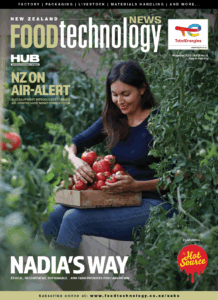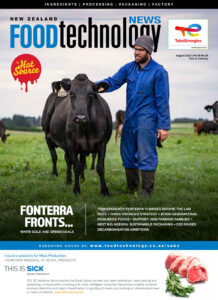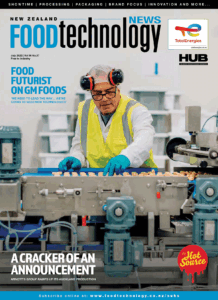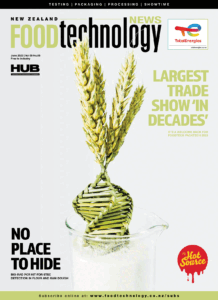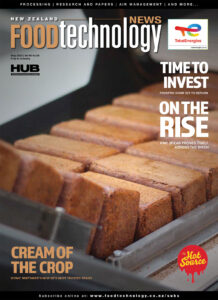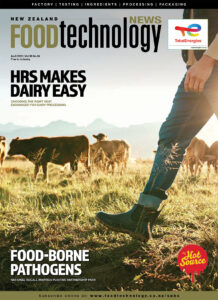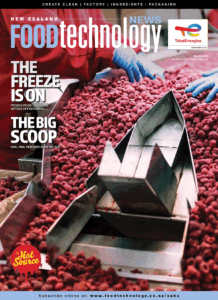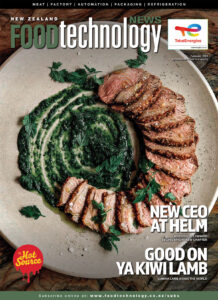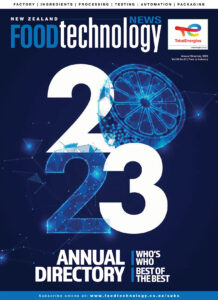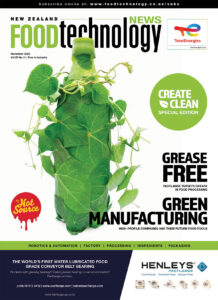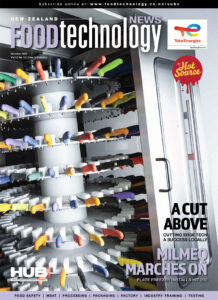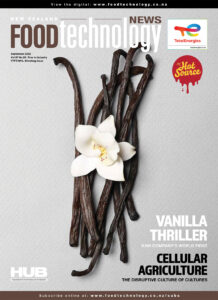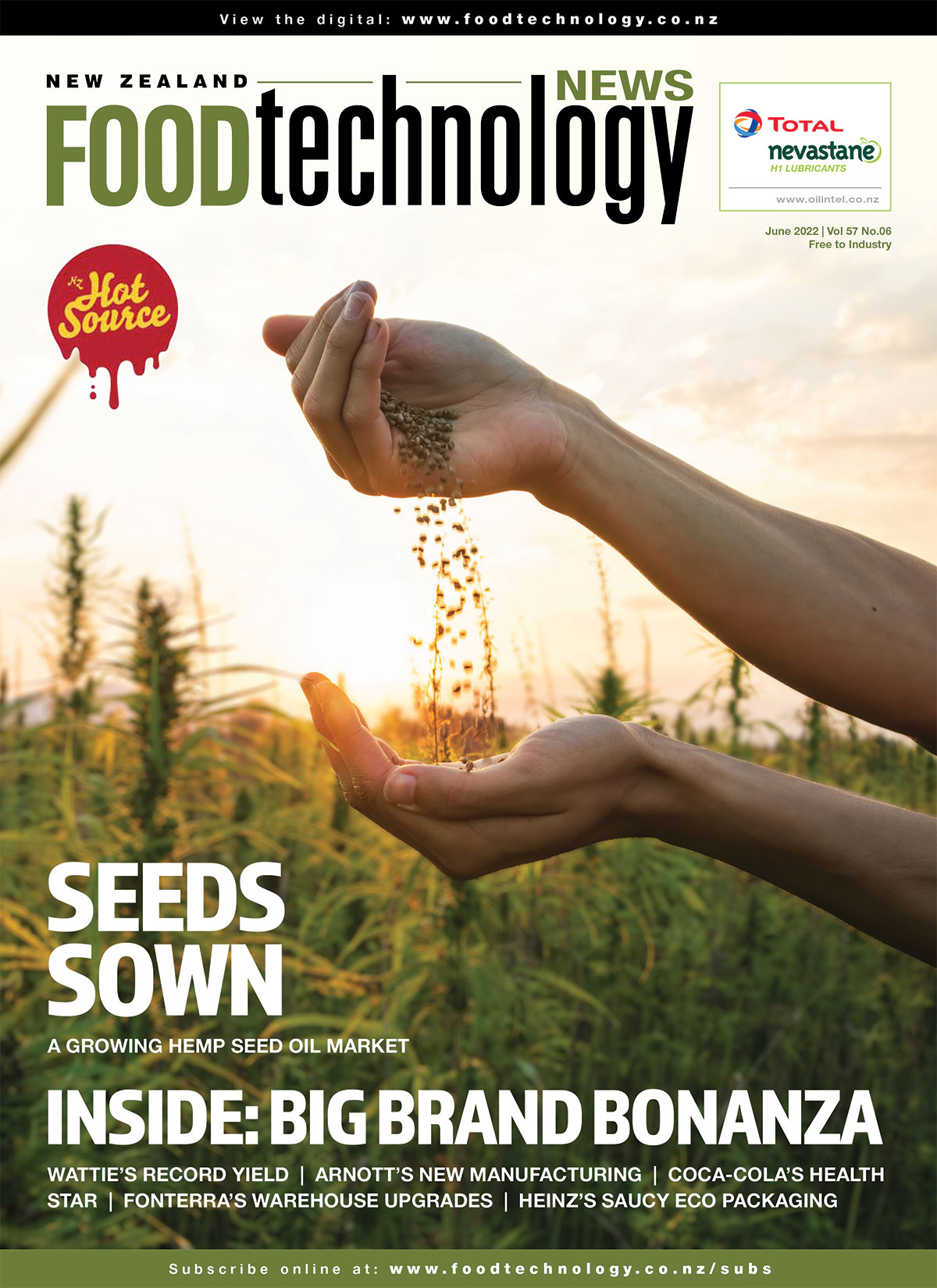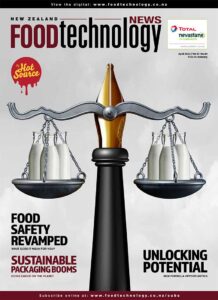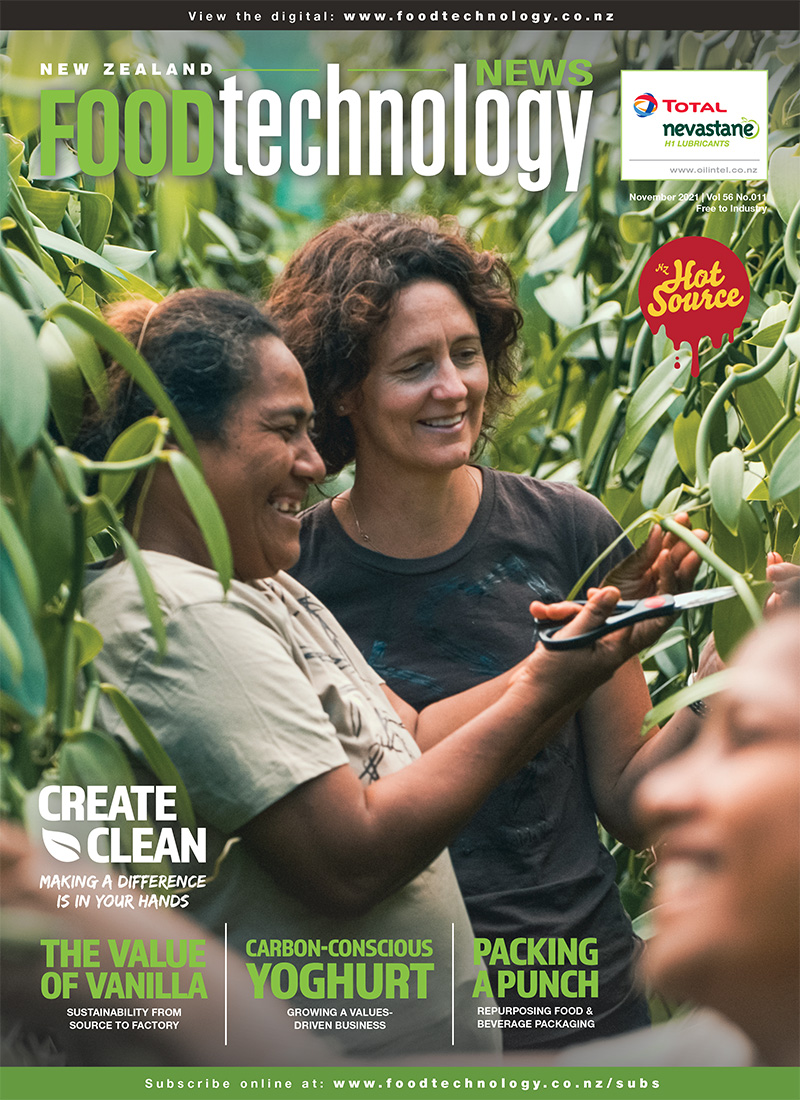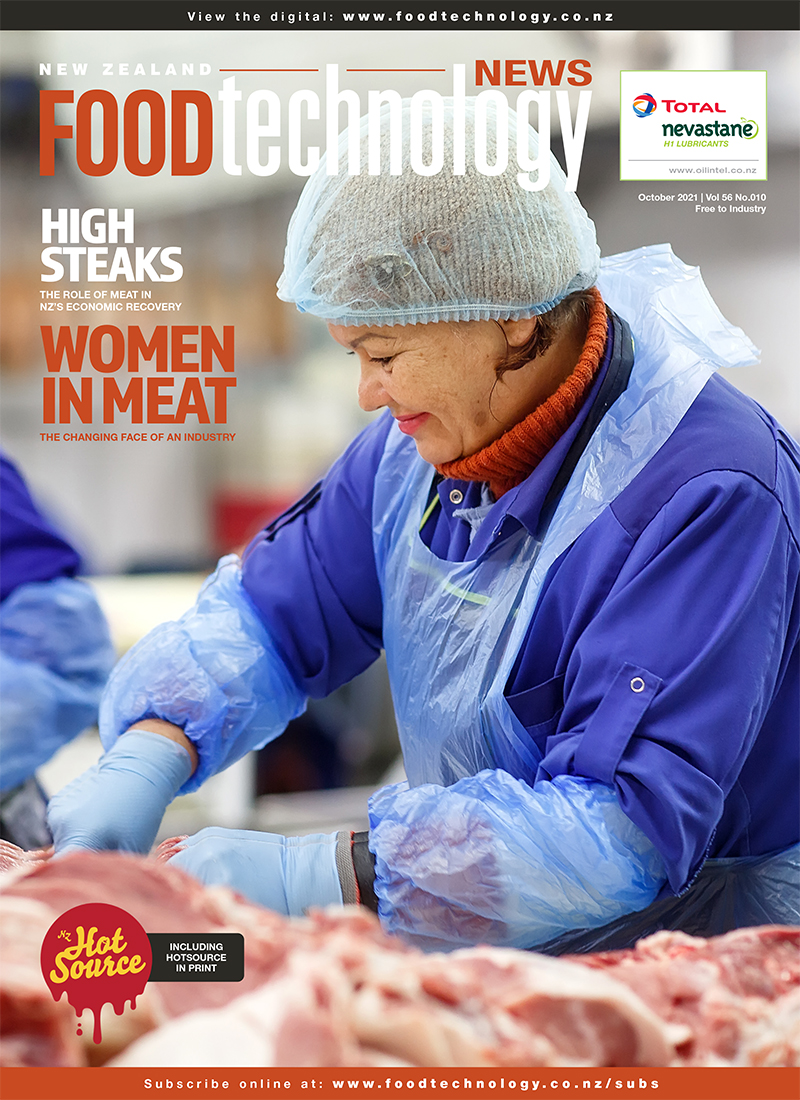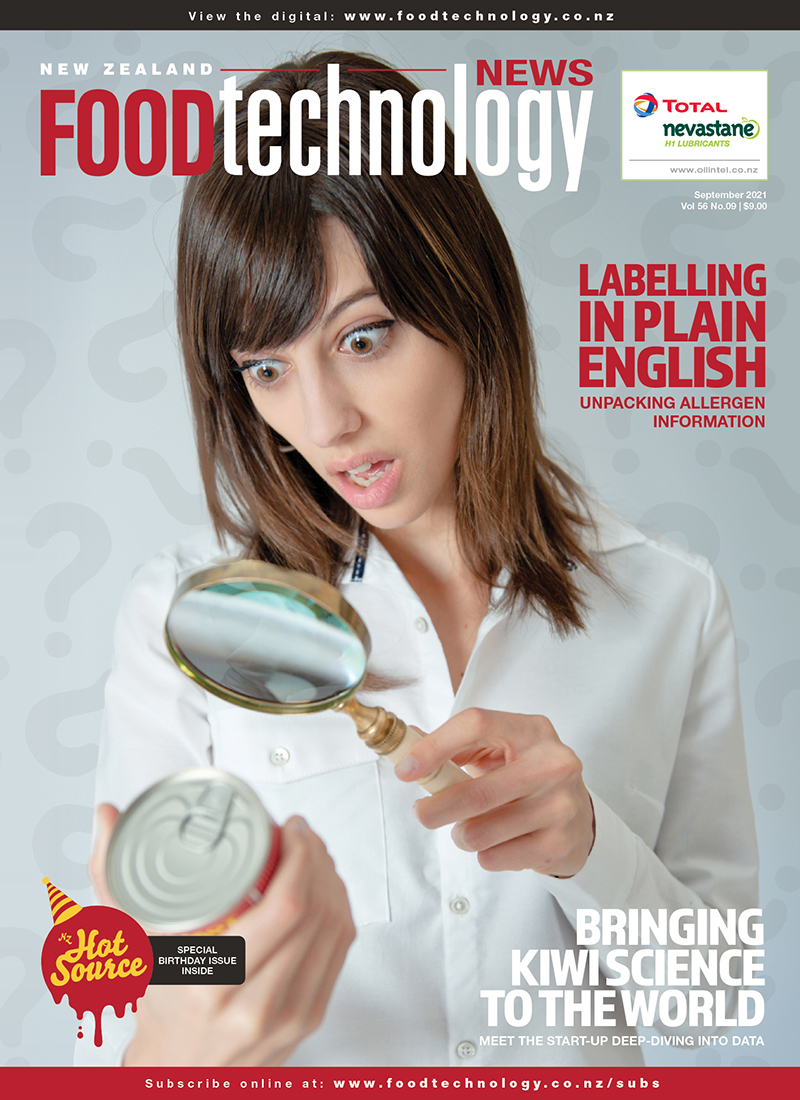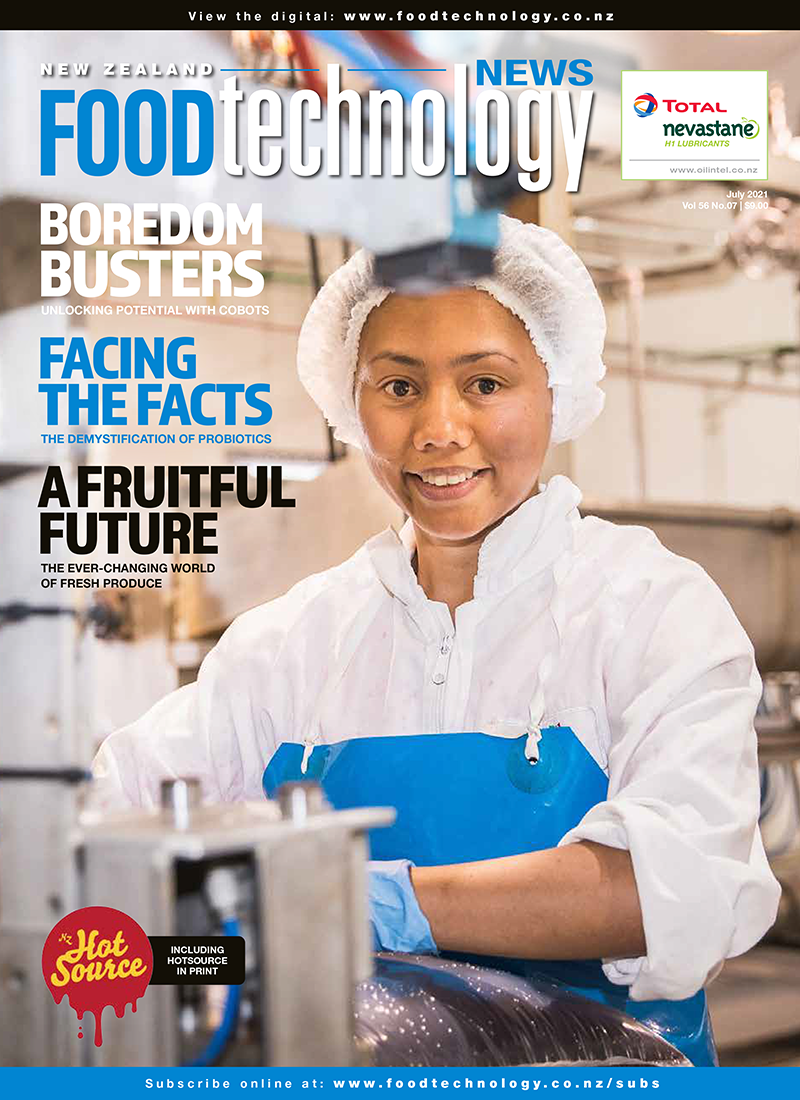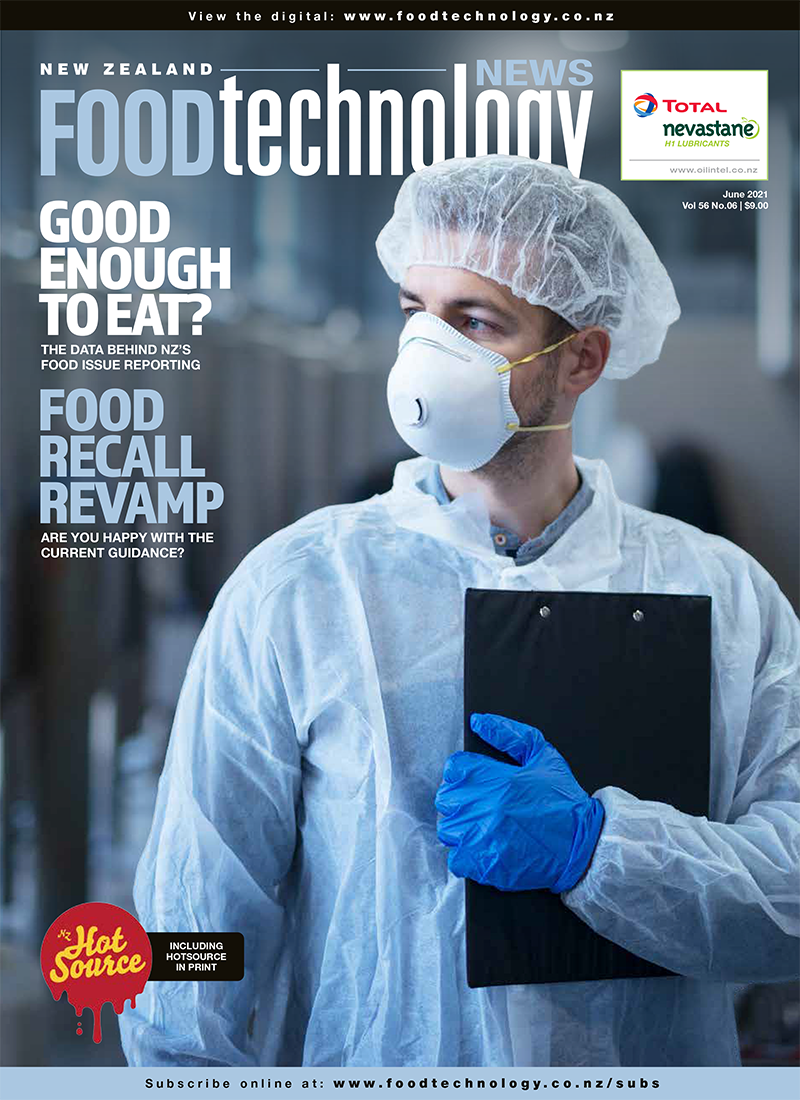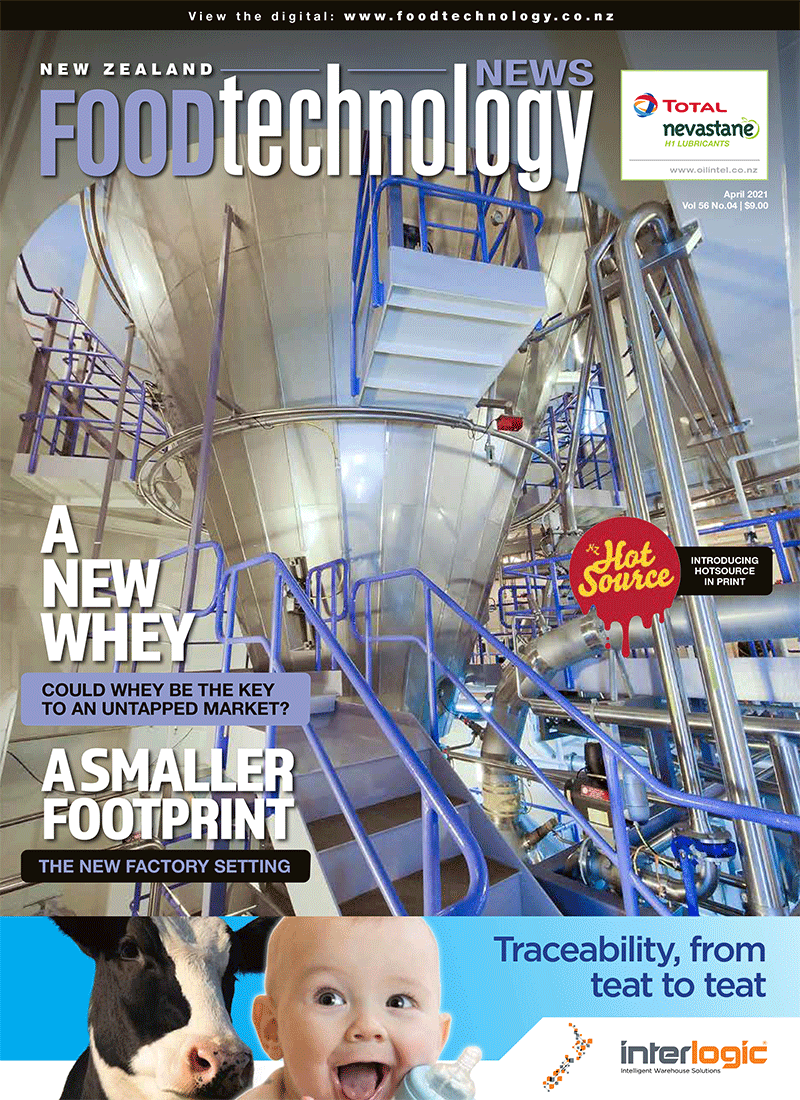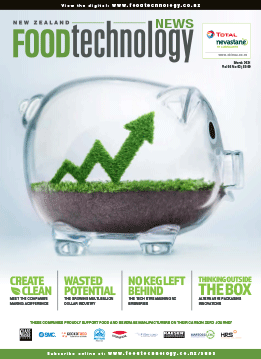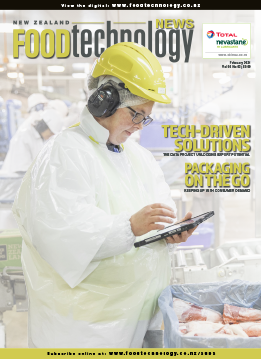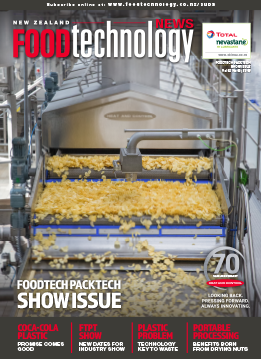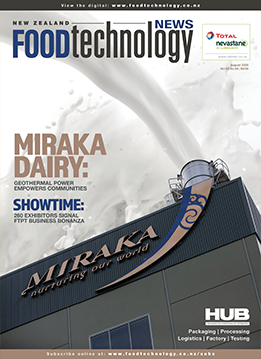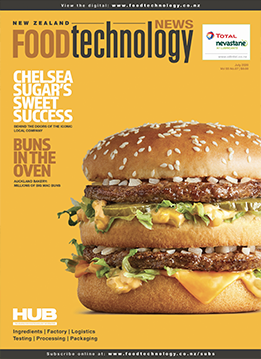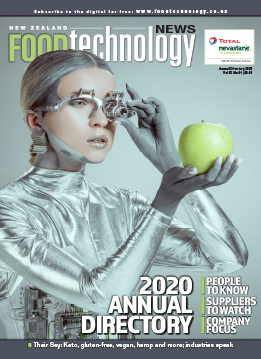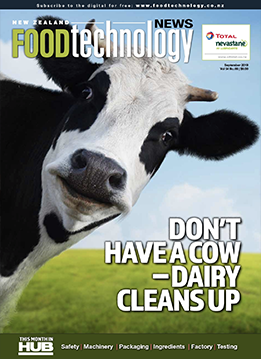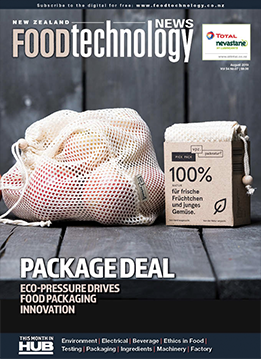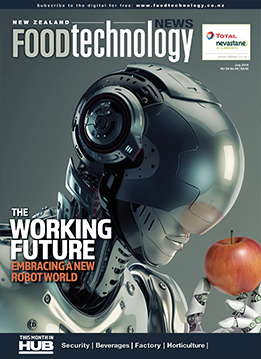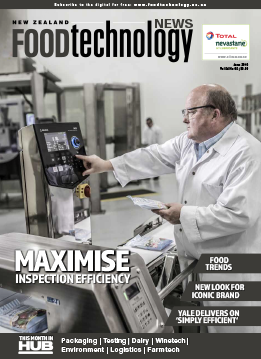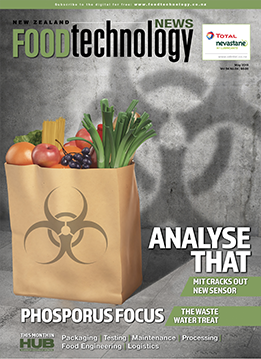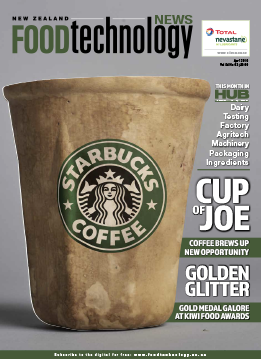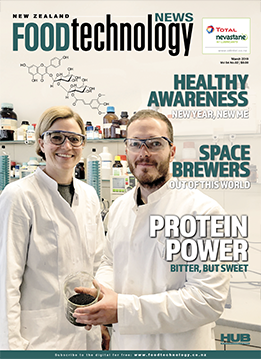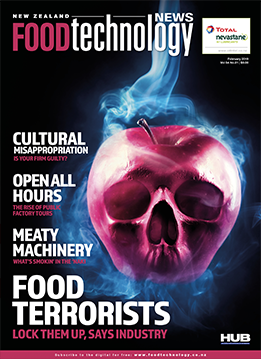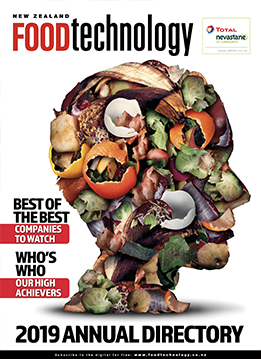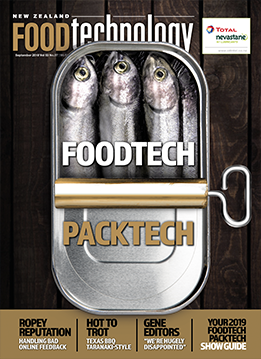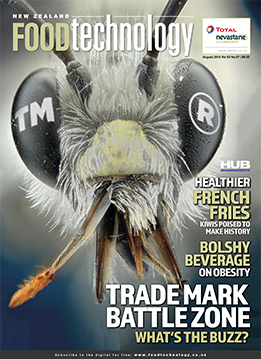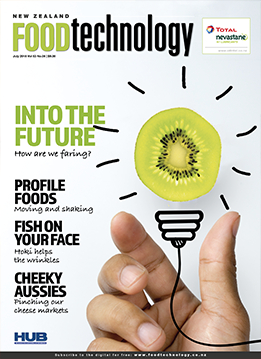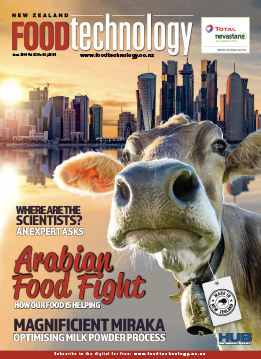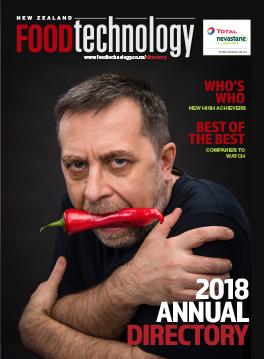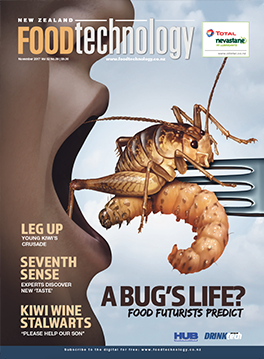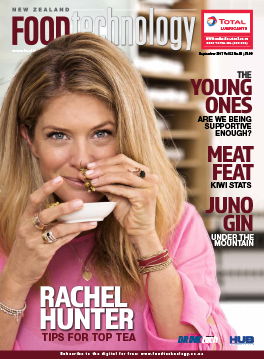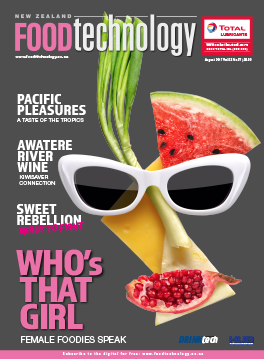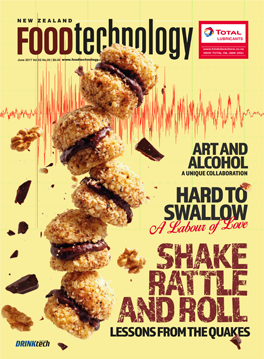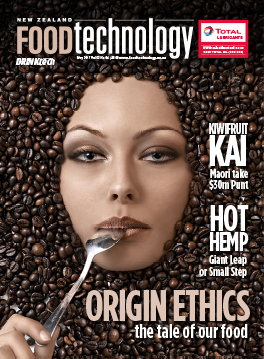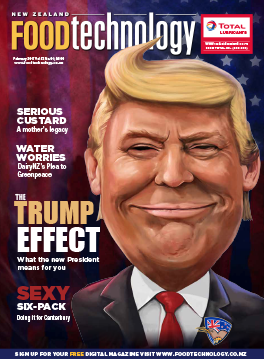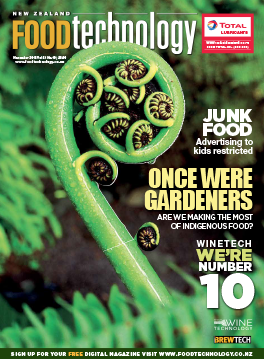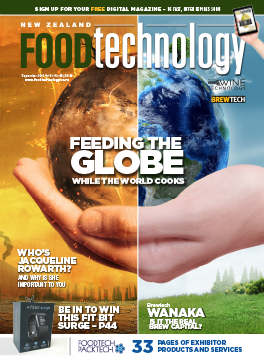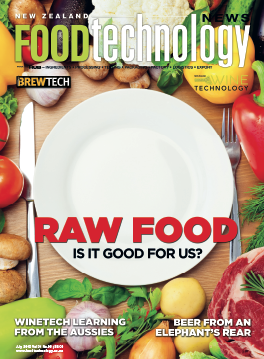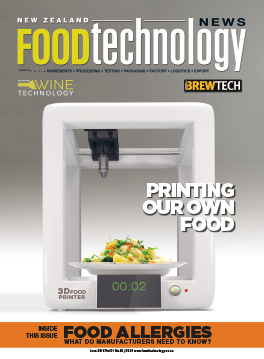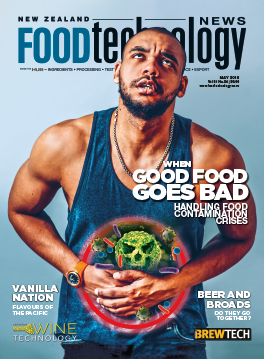 New research finds Asia’s growing demand for alternative proteins is an opportunity for New Zealand manufacturers to harness a new market.
New research finds Asia’s growing demand for alternative proteins is an opportunity for New Zealand manufacturers to harness a new market.
China’s increasing interest in alternative proteins makes it the most favourable market prospect in Asia for exporters of plant-based meat and cellular agriculture products such as cultivated meat.
The research is available in a new report called Alternative Proteins and Asia published by independent alternative proteins think tank, Food Frontier, which partnered with researchers Mintel and New Zealand’s food and fibre sector think tank Te Puna Whakaaronui to identify new export opportunities for manufacturers.
Researchers assessed 11 countries across Asia, ranking them for their market suitability based on market size and innovation, market entry and operations, and consumer intelligence.
The top five countries with the greatest market potential were identified as follows, listed in order of opportunity: China, Singapore, South Korea, Thailand and Japan. The report includes primary research from 5,000 consumers across these markets.
Food Frontier executive director, Dr Simon Eassom, says Australia and New Zealand have long traded with Asia, occupying a privileged position as close neighbours and reliable trading partners of safe and quality goods.
He says, “With an expanding alternative proteins market in Asia, Australia and New Zealand have the potential to build a major new food export industry that complements our existing ones.
“Health, environmental and food security concerns are behind the growing demand for alternative proteins. Health, environmental and food security concerns are behind the growing demand for alternative proteins.
“Consumer interest in healthy and environmentally sustainable protein options is increasing, leading to more people becoming interested in a flexitarian diet—one where they regularly swap conventional animal meat for new options like plant-based meat, which provides a familiar eating experience without compromising on nutritional value.
“Flexitarians are driving demand for alternative proteins in Australia—our latest research shows this is also the case in Asia. A quarter of Chinese identify as flexitarian and one third plan to reduce at least one type of meat. Similarly, 26% of South Koreans want to reduce meat consumption.”
According to Statista, the Asian market for meat substitutes is estimated to be worth US$4.32 billion with the expectation of annual growth of 33.27%, reaching US$3.63 billion by 2027. The strongest demand is in China where the meat substitutes market is expected to grow annually by 20%.
Although North America’s share of global investment in alternative proteins has dominated historically, start-ups from the Asia Pacific and other regions are gaining momentum, causing North American companies’ share of the market to shrink from 92% to 67% over the past decade.
Te Puna Whakaaronui says it’s important to have a robust fact-base on potential opportunities for alternative proteins across key export markets. Jarred Mair, Te Puna Whakaaronui executive director says, “This research provides valuable market insights for our conventional protein producers as well as emergent alt-protein ingredient companies in New Zealand.”
Alternative proteins and Asia also shows the region is interested in cellular agriculture products such as cultivated meat as nations look to shore up food security.











